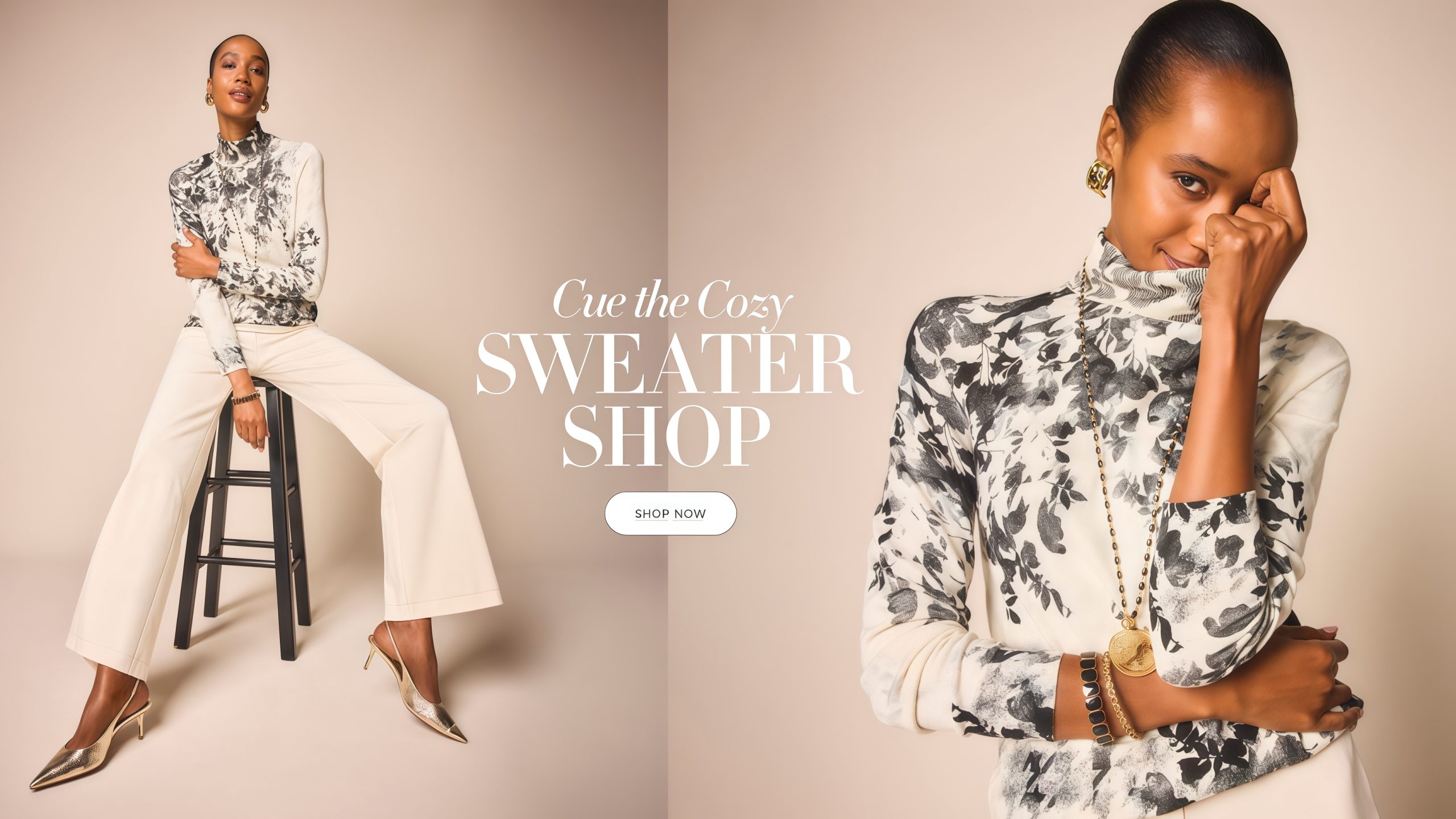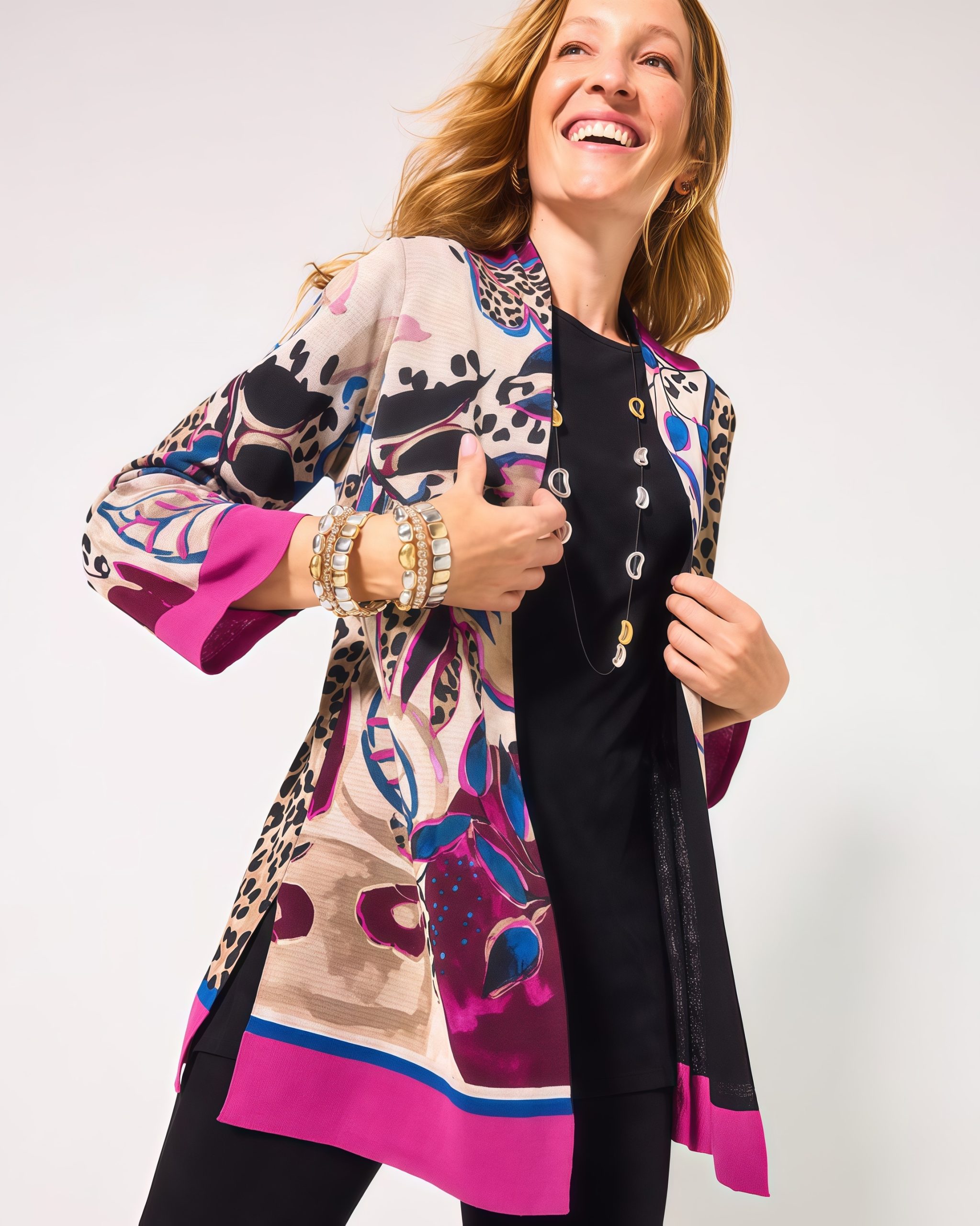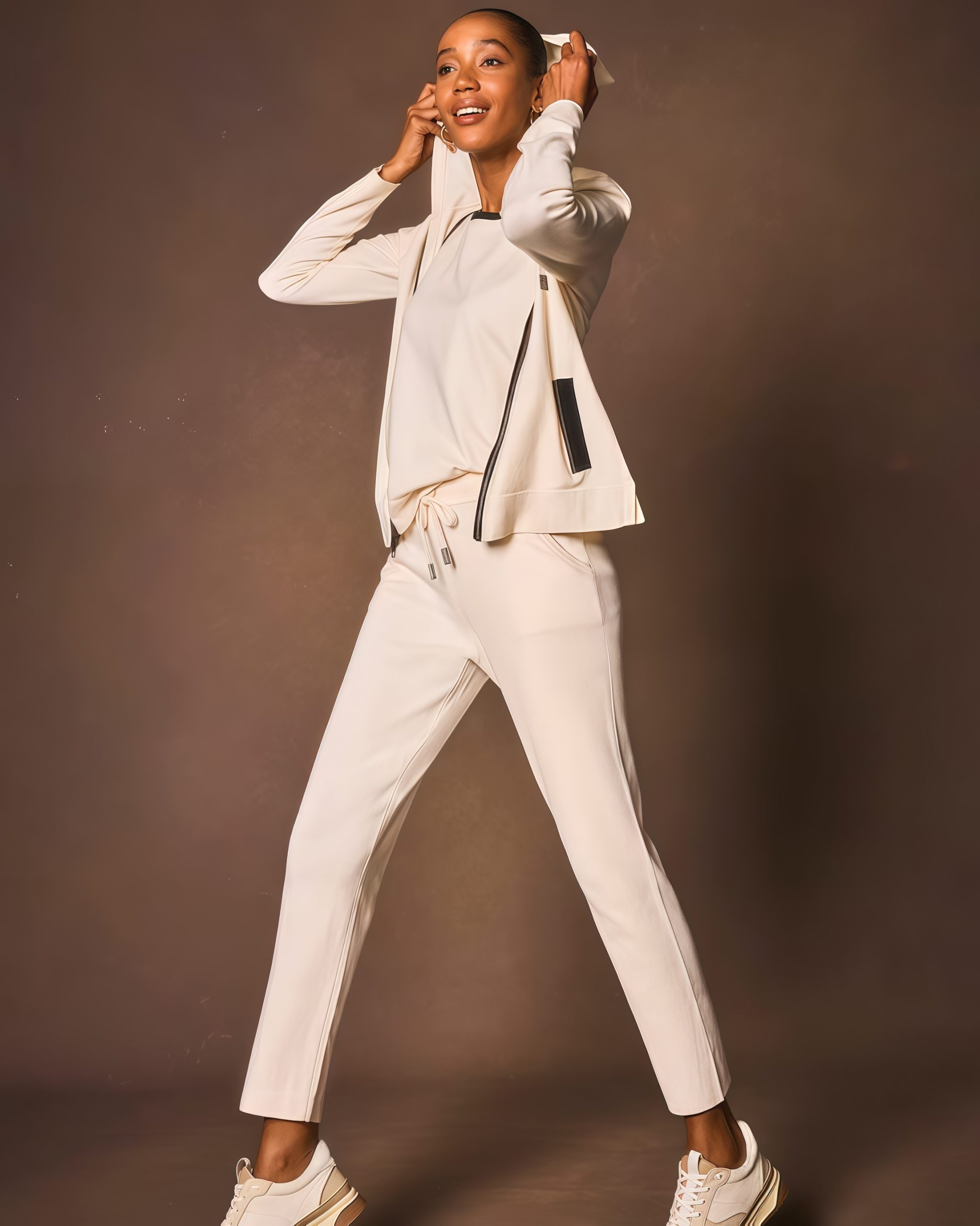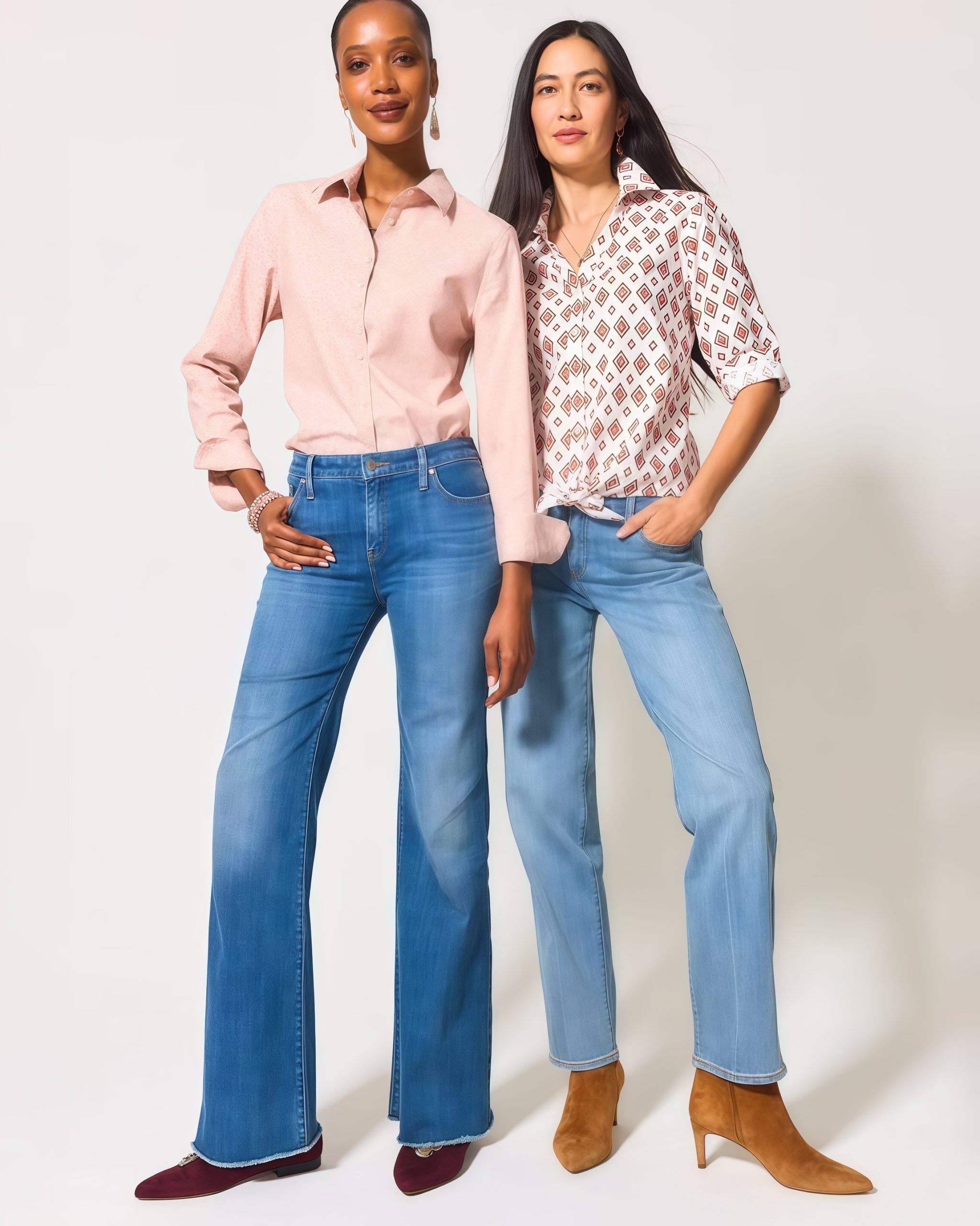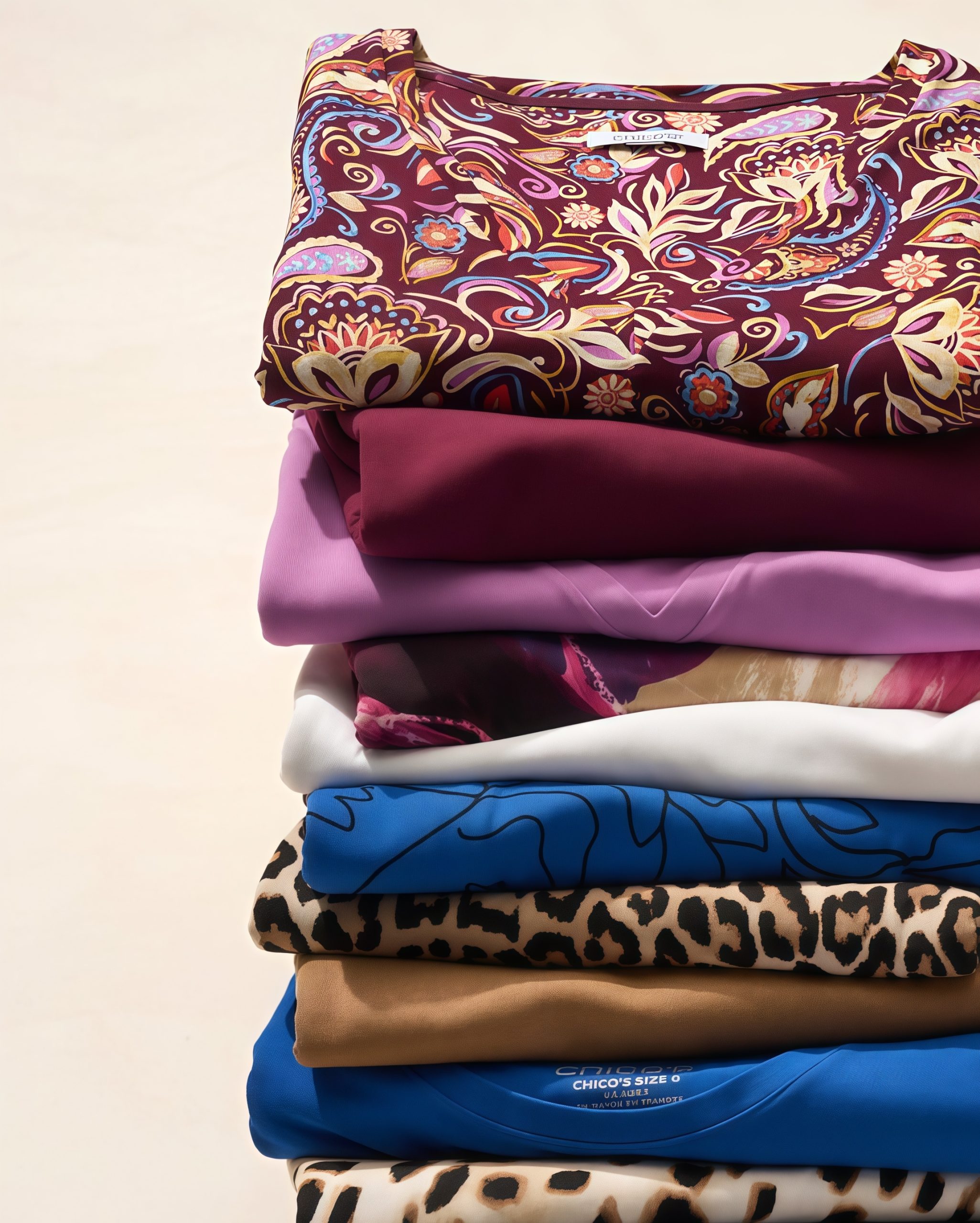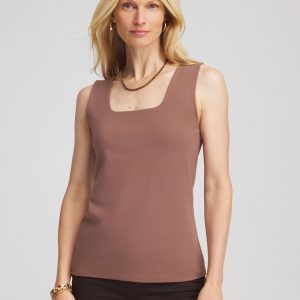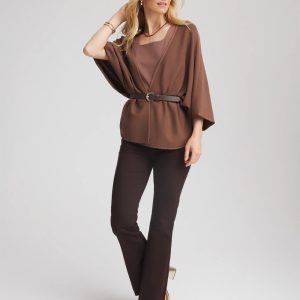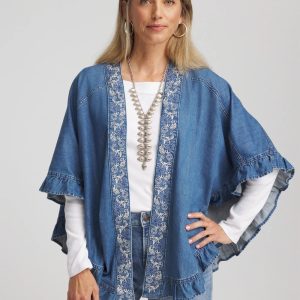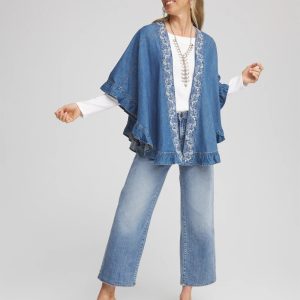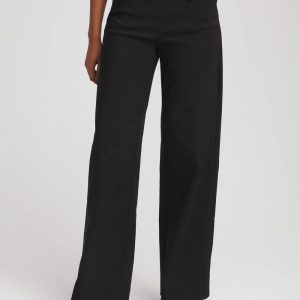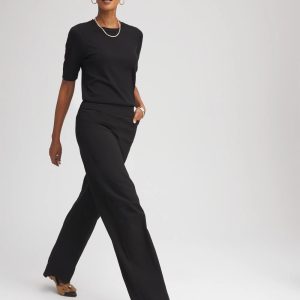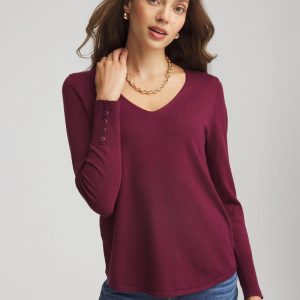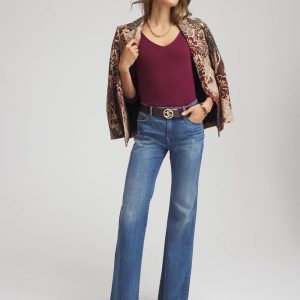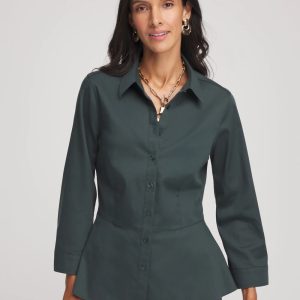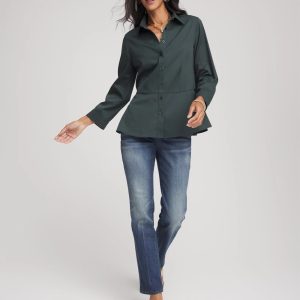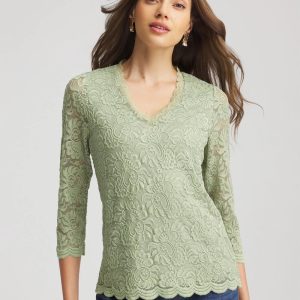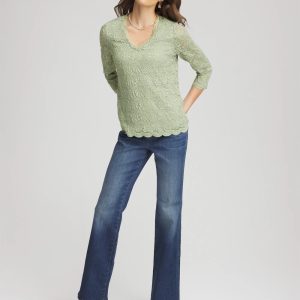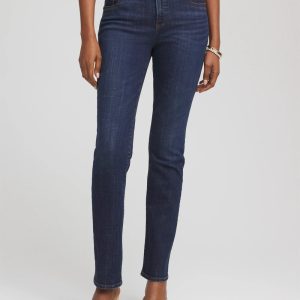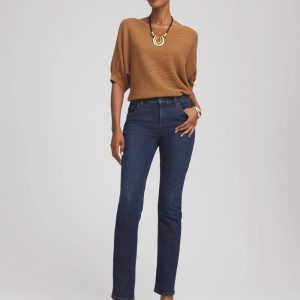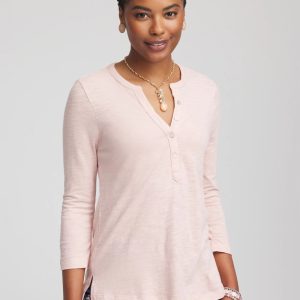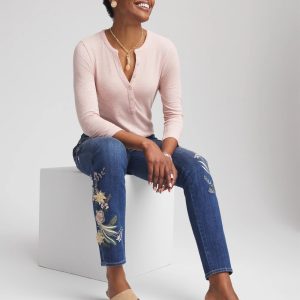BEST SELLERS
The Transformative Power of Women’s Attire: A Chronicle of Self-Expression.
The Unfolding Tapestry of Female Identity
For centuries, women’s clothing has served as far more than mere covering; it is a profound and intricate language of self-expression, a mirror reflecting the seismic shifts in society, culture, and personal autonomy. The evolution of female attire is a compelling chronicle of liberation, power, and the perennial pursuit of beauty. From the structured silhouettes of bygone eras to the fluid, boundary-defying styles of the modern day, the garments a woman chooses to wear tell an eloquent story—a testament to her place in the world and her own inner landscape. To truly appreciate the scope of this evolution is to understand that every stitch, every seam, and every color choice is an act of intentionality, weaving a personal narrative into the public sphere.
The historical constraints placed upon women’s bodies were often physically embodied in their clothing. Think of the restrictive, multi-layered gowns and corsetry that dominated fashion for so long. These garments, while meticulously crafted and often beautiful, symbolized a societal ideal of fragile femininity and limited mobility. They were designed for spectacle, not for speed, for presentation rather than participation in the wider world. The gradual shedding of these physical bonds—the rise of shorter hemlines, the adoption of trousers, the simplification of undergarments—was not simply a change in style. It was a visible manifestation of women demanding greater freedom, equality, and a right to occupy space actively and comfortably. This sartorial rebellion paved the way for the immense diversity we celebrate today.
The Dawn of Modern Dress and the Push for Practicality
The move into the modern era brought with it a dramatic rethinking of what female attire should be. The push toward practicality was a direct response to women entering the workforce and engaging in new forms of leisure and sport. Dresses became less cumbersome, waists eased, and the focus shifted towards garments that allowed for movement. This era was foundational, recognizing that functionality did not have to come at the expense of aesthetics. The rise of sportswear, the adaptation of military styles, and the embrace of tailored separates all signaled a fundamental shift: a woman’s wardrobe was now designed to support her actions and her aspirations.
The post-war period accelerated this trajectory, mixing a return to idealized feminine shapes with an underlying current of accessibility. Designers experimented with fabric, cut, and structure, moving away from rigid formality. The introduction of synthetic materials and streamlined manufacturing made fashion more democratic, allowing trends to permeate all social strata more rapidly than ever before. This marked the beginning of fashion’s true democratization, where personal style, rather than solely wealth or social standing, began to dictate what was worn.
Decades of Defiance: From Youthquake to Power Dressing
The mid-to-late 20th century saw women’s clothing become a primary vehicle for cultural defiance and youth movements. The radical shift in hemlines, the bold use of color and pattern, and the exploration of new, often unconventional materials shattered the last vestiges of pre-modern fashion rules. Attire became a political statement, a clear demarcation between generations, and a tool for challenging entrenched norms.
This era’s energy was soon channeled into two distinct but equally powerful movements. On one hand, there was the embrace of bohemian and counter-cultural styles—flowing fabrics, natural fibers, and an aesthetic that prioritized comfort, artistic expression, and a connection to nature. This movement celebrated a certain romantic rejection of corporate culture. On the other, the rise of power dressing in professional settings saw women strategically adopting and feminizing traditional masculine silhouettes—sharp suits, strong shoulders, and structured pieces—to assert authority and competence in the boardroom. Both trends, despite their stylistic differences, were unified by a common thread: the clothing was about expressing agency.
The Contemporary Wardrobe: Hyper-Personalization and Fluidity
Today’s landscape is defined by an unparalleled degree of hyper-personalization and stylistic fluidity. The concept of a single, dominant fashion trend has dissolved, replaced by a vibrant kaleidoscope of aesthetics that coexist simultaneously. A single woman’s wardrobe can now encompass minimalist tailoring, vintage revival pieces, avant-garde separates, and functional athletic wear—all styled and combined in ways that are unique to her mood and context.
-
The Rise of Athleisure: The ubiquitous presence of athletic-inspired clothing in everyday life has redefined comfort and versatility. It is a style rooted in the reality of busy, dynamic lives, demonstrating that comfort and style are not mutually exclusive but can be seamlessly integrated.
-
Celebrating Heritage and Craftsmanship: There is a growing appreciation for artisanal techniques, sustainable materials, and the stories behind the clothes. This movement seeks quality over quantity, viewing clothing as an investment and a conscious choice rather than a disposable commodity.
-
Gender and Stylistic Fluidity: Modern female attire actively blurs traditional boundaries. Oversized cuts, “borrowed from the boys” aesthetics, and the widespread acceptance of traditionally masculine garments like tailored vests, boxy jackets, and chunky footwear have empowered women to dress with an inclusive, expansive sense of style that defies categorization. The conversation around clothing is shifting from what is appropriate for a woman to wear, to how she wants to express her inner identity through her choices.
The Inner Logic of Style: Psychology and Identity
The act of choosing what to wear is a fascinating study in fashion psychology. Clothing is a powerful non-verbal communicator. It influences not only how others perceive a woman, but critically, how she perceives herself. The concept of enclothed cognition suggests that the clothes we wear can systematically influence our psychological processes. Donning a sharp blazer for a meeting or a flowing dress for a weekend outing subtly alters one’s internal monologue, often boosting confidence or encouraging relaxation.
Developing a strong personal style is therefore an essential component of adult identity. It requires introspection—understanding one’s own body, lifestyle, and aesthetic preferences—and the confidence to curate a wardrobe that consistently supports one’s sense of self. This process involves rejecting fleeting trends that do not resonate and building a foundation of pieces that feel authentically “you.” A well-curated wardrobe is a powerful tool for self-affirmation, eliminating the daily stress of “what to wear” and allowing one’s focus to remain on greater goals. The ultimate goal is not to chase external validation but to dress in a way that feels powerful, authentic, and harmonious with one’s personal values.





